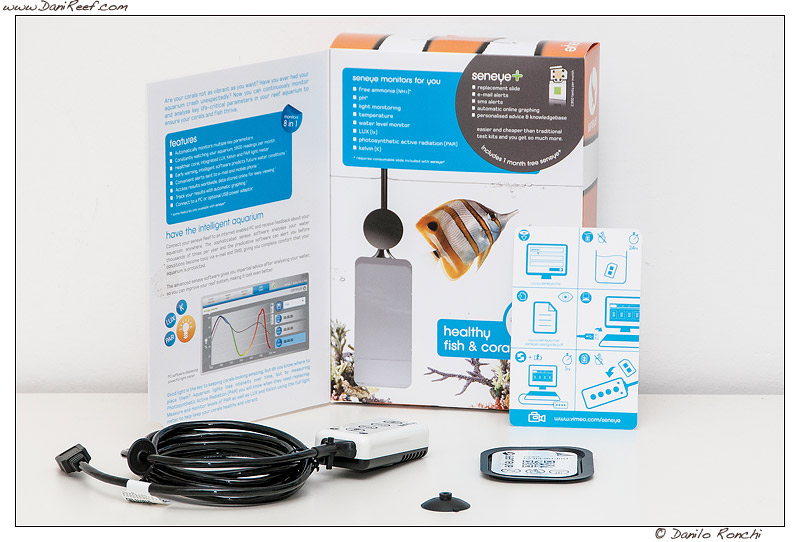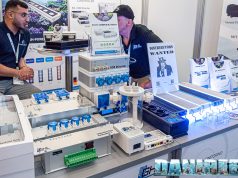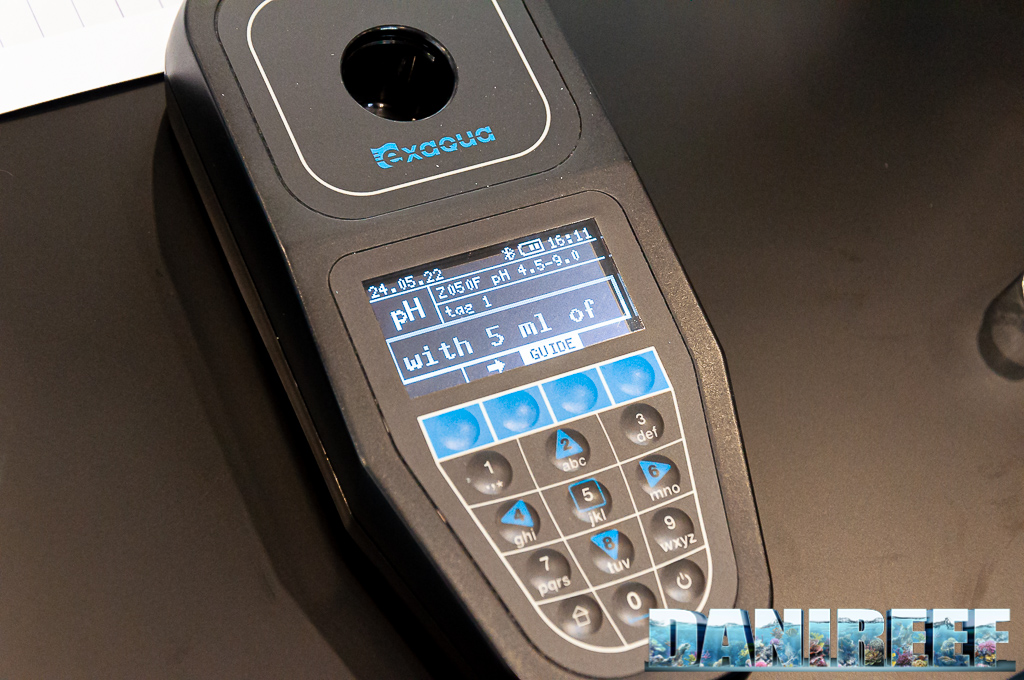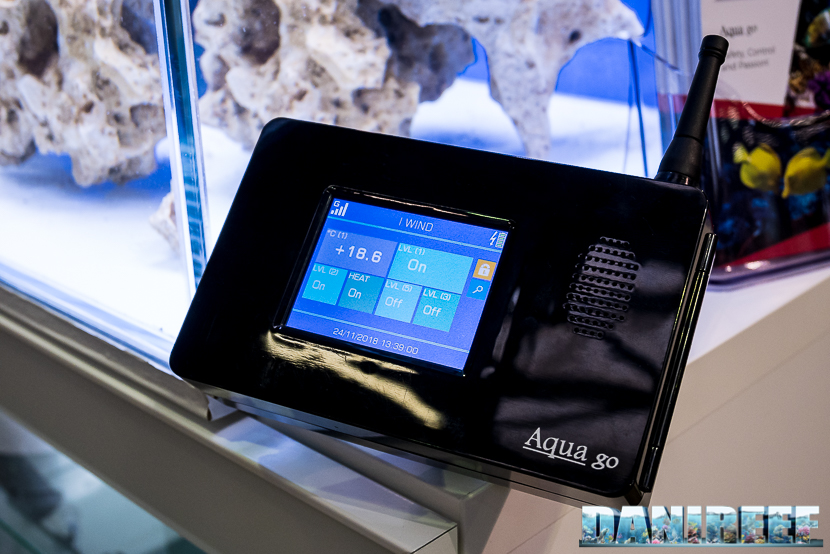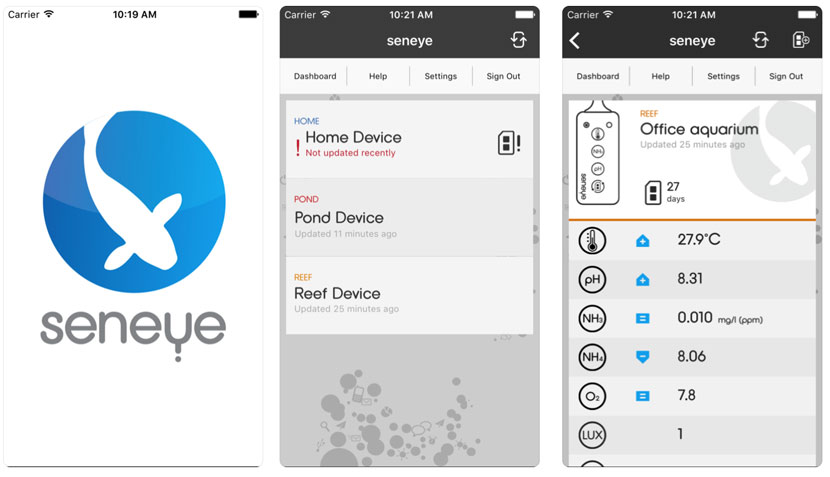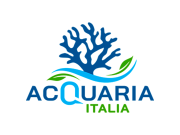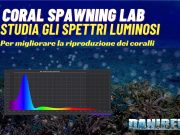As all DaniReef readers will know I am a great admirer of automation and control systems for aquarium. A few months ago there was an introduction of a new control system called Seneye. The system was dedicated for fresh water aquariums “Seneye Home“, ponds “Seneye Pond” and of course for marine aquariums “Seneye Reef“.
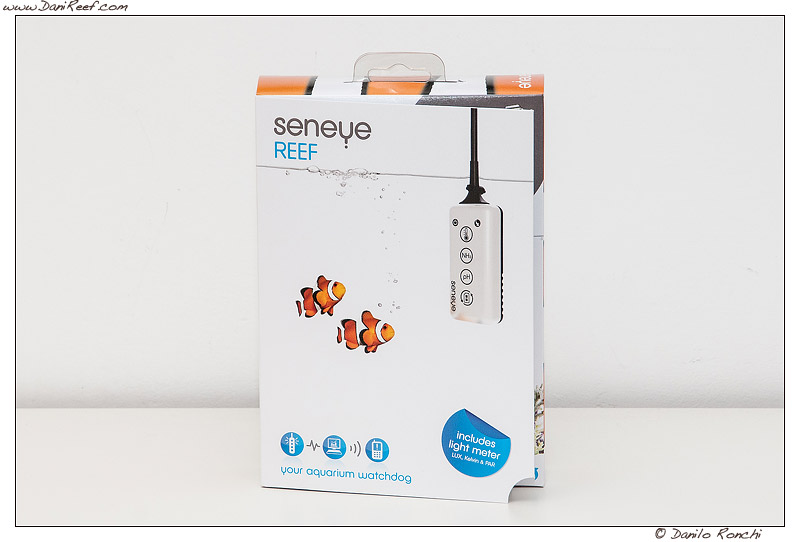
The beauty of this system is its price very low, that is within the reach of almost anyone with a tank of a certain level and always want to know the most important values in aquarium. The Seneye Reef is sold to the public at 133 euros, while the Seneye Home at only 92 euros.
The Seneye Home can detect pH and free ammonia by means of a slide that lasts a month and that is provided. Besides that detects the amount of light, temperature and water level.
The Seneye Reef, object of this preview and in a month the full review, measures with a slide pH and ammonia, and alone measures lumens, lux and Par in addition to temperature.
The slide has to be changed every month, if you need to have a reliable reading of pH and ammonia, and costs 24.5 euros.
The Seneye system must be connected to a computer, where you have installed the Windows operating system, even if it is virtualized under MacOSX as I’m using right now, to function properly. Directly from Seneye have assured me that soon will be available a version for MacOSX.
Before we connect Seneye and our computer, then we have to log in to Seneye’s site, and after activating the slide, Seneye will start to have the readings in real time. If your computer is connected to the internet the values will be sent to the server Seneye. This has two results. The first is the ability to display these values anywhere in the world via a computer or via a mobile phone or a tablet, int the Apple system we find two application directly from Apple Store, in two versions, a free and a fee, but we’ll talk about when we do the full review. The display shows not only the values but also a series of graphs to show trends over time and even warn us about the most critical times for the read parameters. The second result is due to the fact that the same Seneye will notify via email and SMS if the parameters measured by the system are hazardous to our aquarium and suggested several recommendations to solve the problem.
At this time the system is up and are getting the values in my tank, and for a week it will be always connected to my computer since I will be on vacation in the Red Sea, but I can monitor the system remotely via Seneye. This is also part of the test in progress.
